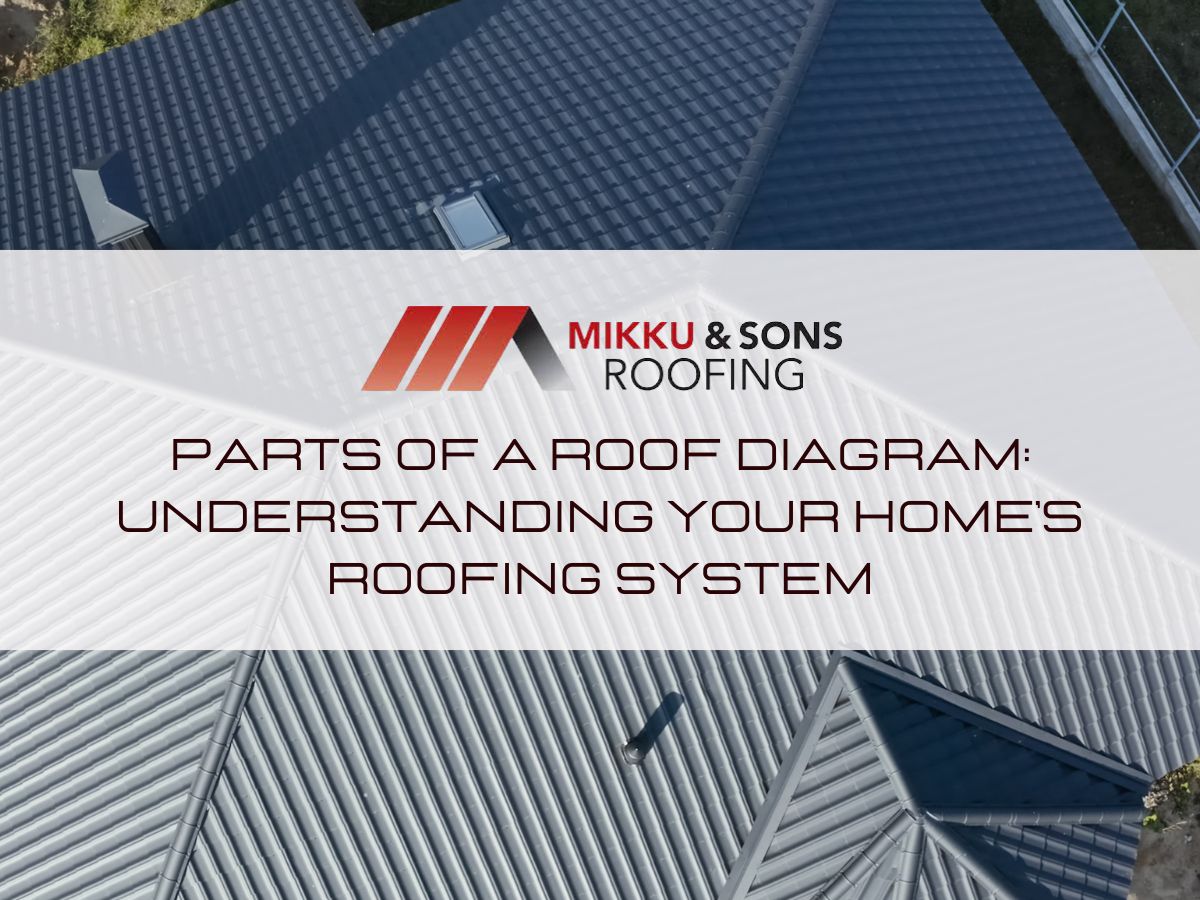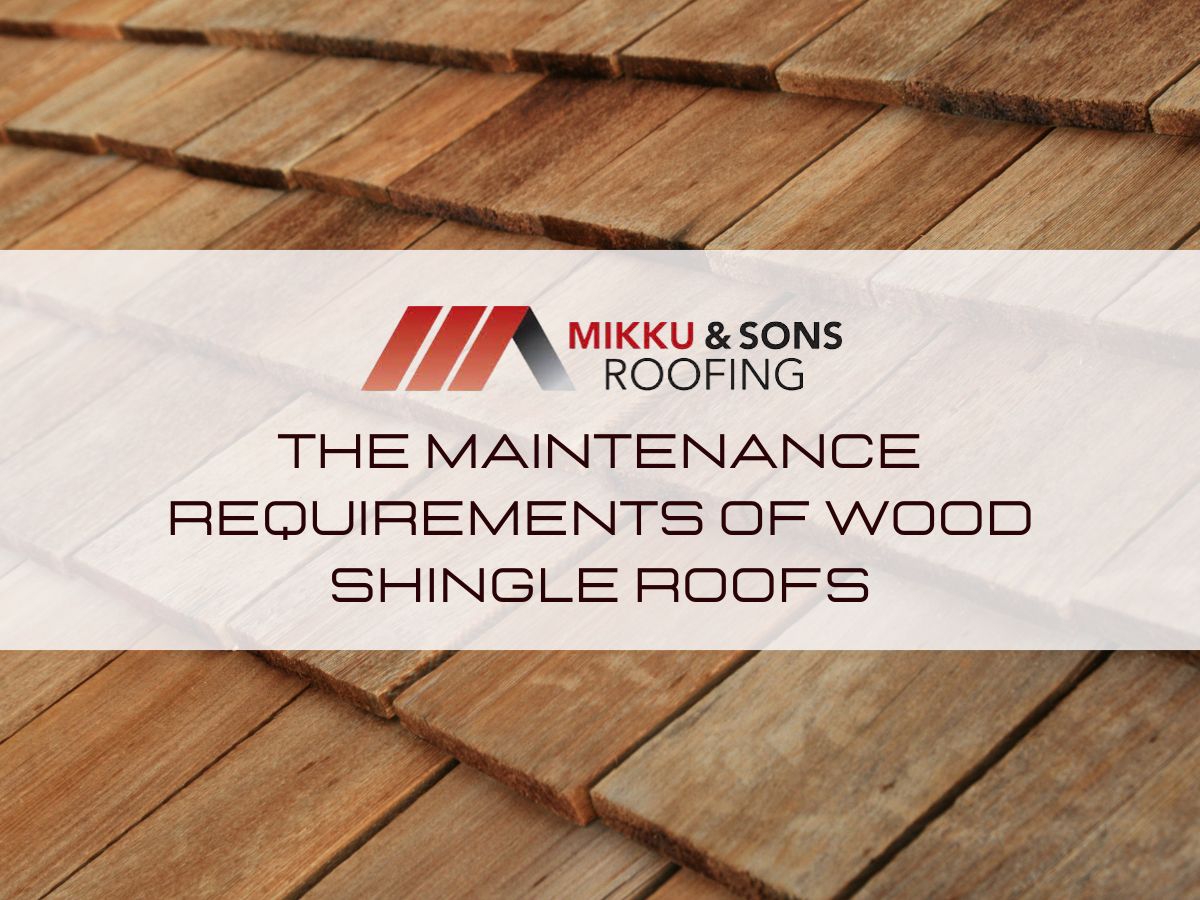Wood shingle roofs, with their natural charm and classic appeal, are a popular choice among homeowners. However, maintaining these roofs requires regular and attentive care to ensure their longevity and performance.
This guide outlines essential maintenance practices, including cleaning methods, inspection schedules, and the benefits of hiring professional contractors. By understanding the causes of deterioration and implementing a comprehensive maintenance plan, homeowners can protect their investment and keep their wood shingle roofs in optimal condition for years to come. Let's look at the maintenance requirements of wood shingle roofs.
Causes of Deterioration
Wood shingle roofs are susceptible to various factors that can lead to their deterioration over time. Understanding these causes is the first step in effective maintenance.
- Accumulation of Debris and Moisture: One of the primary causes of wood shingle deterioration is the accumulation of debris, such as leaves, pine needles, and twigs. This debris can trap moisture, creating a damp environment conducive to the growth of moss, algae, and wood-rotting fungi. Prolonged moisture exposure weakens the wood fibers, leading to rot and decay.
- Growth of Wood-Rotting Fungi and Moss: Wood-rotting fungi and moss thrive in damp, shaded environments. These organisms can cause significant damage to wood shingles by breaking down the wood structure, resulting in soft spots and holes. Moss, in particular, can lift shingles, allowing water to seep underneath and cause further damage.
- Exposure to UV Radiation and Weathering: Wood shingles are continuously exposed to the elements, including ultraviolet (UV) radiation from the sun, rain, snow, and wind. UV radiation causes the wood to dry out and become brittle, while weathering can lead to cracking, splitting, and warping. These issues not only compromise the roof's integrity but also diminish its aesthetic appeal.
Regular Cleaning and Debris Removal
Regular cleaning and debris removal are essential practices for maintaining the health and appearance of a wood-shingle roof. These tasks help prevent moisture buildup and the growth of damaging organisms.
- Removing Leaf Litter, Pine Needles, and Debris: Clearing leaf litter, pine needles, and other debris from the roof surface is crucial in preventing moisture retention. Debris should be removed using a soft-bristle broom or a leaf blower to avoid damaging the shingles. It's important to conduct this cleaning regularly, especially during the fall when leaves are most likely to accumulate.
- Cleaning Keyways Between Individual Shingles: The keyways, or gaps between individual shingles, are prone to trapping debris and moisture. Regularly cleaning these spaces ensures proper drainage and ventilation, reducing the risk of rot and fungal growth. A specialized tool or a gentle spray of water can be used to clear these gaps without dislodging the shingles.
- Preventing Excessive Shading from Overhanging Branches: Overhanging branches can create shaded areas on the roof, promoting the growth of moss and fungi. Trimming back these branches allows more sunlight to reach the shingles, helping to keep them dry and reducing the likelihood of organism growth. Additionally, this practice prevents debris from falling onto the roof and accumulating in keyways.
Preservative Treatments
Applying preservative treatments to a wood shingle roof is a proactive measure to protect it from biological growth and environmental damage. These treatments extend the roof's lifespan and maintain its appearance.
Application of Chemical Solutions to Retard Growth
Preservative treatments involve applying chemical solutions designed to retard the growth of molds, mosses, and wood-rotting fungi. These solutions penetrate the wood fibers, creating a protective barrier against moisture and biological organisms. It's essential to choose a preservative specifically formulated for wood shingles to ensure effectiveness and compatibility.
The frequency of preservative treatments depends on the local climate and environmental conditions. In high-humidity areas or harsh environments, treatments should be applied every three years to maintain optimal protection. Regular inspections can help determine if additional applications are needed sooner.
Comprehensive Maintenance Plan
To ensure the longevity of a wood shingle roof, homeowners should implement a comprehensive maintenance plan that includes regular inspections, cleaning, and preservative treatments. This proactive approach helps identify potential issues early and address them before they escalate into costly repairs.
Regular roof inspections are crucial in identifying early signs of damage or deterioration. Homeowners should inspect their roofs at least twice a year, in the spring and fall, and after any severe weather events. During these inspections, look for cracked, curled, or missing shingles, as well as signs of moss, algae, or fungal growth.
While many maintenance tasks can be performed by homeowners, professional maintenance services provide an added layer of expertise and thoroughness. Roofing professionals can conduct detailed inspections, perform specialized cleaning, and apply preservative treatments with precision. Investing in professional services can save time and ensure the roof is maintained to the highest standards.
Causes of Deterioration
Wood shingle roofs are vulnerable to several factors that can accelerate their deterioration. Recognizing these causes is the first step toward effective maintenance.
- Accumulation of Debris and Moisture: Debris, such as leaves, pine needles, and twigs, can accumulate on the roof surface, trapping moisture and creating an ideal environment for moss, algae, and wood-rotting fungi. This moisture retention weakens the wood fibers, leading to rot and decay over time.
- Growth of Wood-Rotting Fungi and Moss: In damp, shaded environments, wood-rotting fungi and moss can thrive, breaking down the wood structure and causing significant damage. Moss can also lift shingles, allowing water to seep underneath and cause further deterioration.
- Exposure to UV Radiation and Weathering: Continuous exposure to the elements, including ultraviolet (UV) radiation from the sun, rain, snow, and wind, can cause wood shingles to dry out, become brittle, and crack. Weathering can lead to splitting and warping, compromising the roof's integrity and appearance.
Regular Cleaning and Debris Removal
Maintaining a wood shingle roof requires regular cleaning and debris removal to prevent moisture buildup and biological growth.
- Using a Garden Hose to Wash Off Most of the Material: One effective method for cleaning wood shingles is using a garden hose to wash off leaves, pine needles, and other debris. A gentle spray is sufficient to remove most material without damaging the shingles.
- Avoiding High-Pressure Washers to Prevent Damage: High-pressure washers should be avoided as they can cause significant damage to the soft cedar wood. The force of the water can strip away the protective surface layer, leaving the shingles vulnerable to further damage and decay.
- Using Chlorine Bleach or Oxygen Bleach Solutions: To remove discoloration and kill surface molds and algae, solutions of chlorine bleach (5% sodium/calcium hypochlorite) or oxygen bleach (sodium percarbonate) can be used. These solutions should be applied carefully, following the manufacturer's instructions, to ensure effective cleaning without harming the wood.
Inspection and Maintenance Schedule
Regular inspections and timely maintenance are key to preserving the condition of a wood shingle roof.
- Inspecting the Roof at Least Once a Year: The roof should be inspected at least once a year to check for signs of damage or wear. Inspections should focus on identifying cracked, curled, or missing shingles, as well as areas with moss, algae, or fungal growth. It is also important to check for any debris accumulation that could trap moisture.
- Performing Maintenance Tasks Before the Wet Season Begins: Maintenance tasks should be performed before the wet season begins to ensure the roof is in good condition and can effectively shed water. This timing helps prevent moisture buildup and reduces the risk of rot and other water-related damage during the wet months.
Hiring Professional Contractors
While homeowners can perform many maintenance tasks, hiring professional contractors provides several advantages, ensuring the roof is maintained to the highest standards.
Experienced contractors have the expertise to perform thorough inspections, specialized cleaning, and preservative treatments. Their knowledge of proper maintenance techniques helps extend the life of the roof and prevent costly repairs.
Professional contractors come equipped with the necessary ladders, scaffolds, and safety equipment to perform maintenance tasks safely and efficiently. They are trained to navigate the roof without causing damage, ensuring that all areas are properly inspected and treated.
Conclusion
Maintaining a wood shingle roof involves diligent cleaning, regular inspections, and timely preservative treatments. By addressing common causes of deterioration and employing effective maintenance strategies, homeowners can ensure their roofs remain both functional and aesthetically pleasing.
Hiring professional contractors adds an extra layer of expertise, ensuring thorough and safe maintenance. With proper care and attention, a wood shingle roof can provide long-lasting beauty and protection, enhancing the overall value and appeal of the home.


